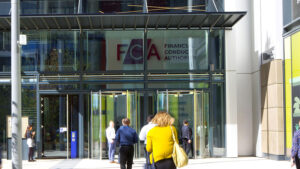The minutes of the Fed’s 28-29 July meeting, published 19 August, revealed that Federal Open Market Committee members view economic conditions as approaching the point of justifying a rate hike.
However, US inflation rose 0.2% in the 12 months to July, and the report also showed that participants see further labour market growth as key to inflation hitting the committee’s 2% medium-term target, which would represent the first year-on-year rise since 2011.
With this in mind, Kernohan, economist at Royal London Asset Management, believes that the market’s positive reception of the minutes is slightly overblown.
“While the minutes have not really moved the debate on, the market has taken them quite dovishly,” he said. “We have around four weeks until the next meeting, so there is still quite a lot of news to come out.”
Kernohan explained that with current happenings in the market, the Fed was right to not outline a specific time-frame.
“The Fed would not come out a couple of weeks before the September meeting with a set of minutes and say exactly what they are going to do, that would be a bit extreme,” he said.
“There has been a big risk off trade recently, which has been helping government bonds and negative for risk assets. Because the minutes were released in that climate, it makes sense they would not say ‘yes, this is going to happen’.”
That said, Kernohan commended the degree of communication coming from policymakers, and says that spotlight now falls on the next round of economic data, due out on 4 September.
“In the last statement the Fed did not make it clear that they were looking at both labour figures and inflation,” he expanded. “The market emphasis has been on the labour side, but these minutes have moved it to inflation, and the Fed need to be confident in the medium-term prospects.
“After the last set of payroll data but before the China situation, the market was pricing in a greater-than 50% of a September rise, and has since moved back and forth either side of 50%. This shows that the market is still undecided, and a lot of will come down to the next set of payrolls in September – if it is a decent set of numbers then it will probably seal the deal.”
So, given the different frequencies of market noise currently being broadcast from China, Greece and fixed income, is there any danger of expectations for a September rise being scuppered?
“The big international story is the renminbi devaluation, and of course it depends on how far that goes,” said Kernohan. “But will it add up to a big sea change? I do not think so – I am still forecasting September for the first rate rise.”







